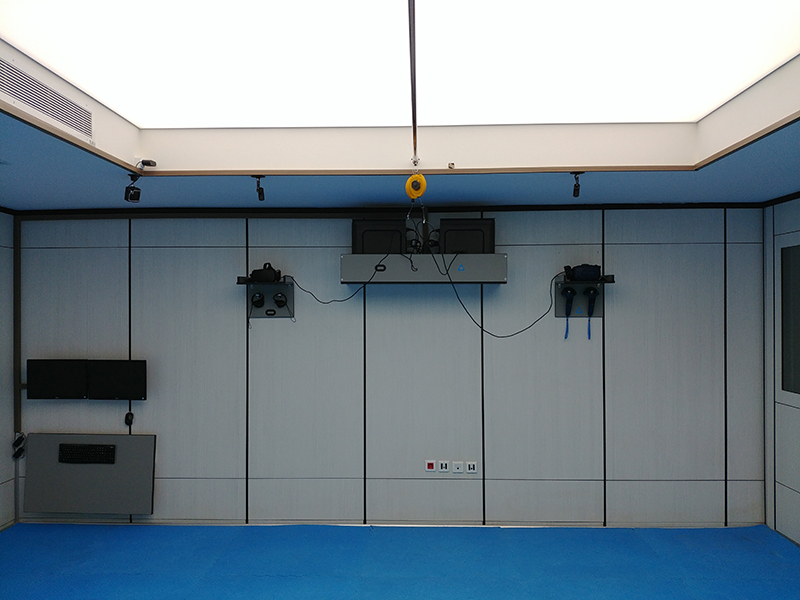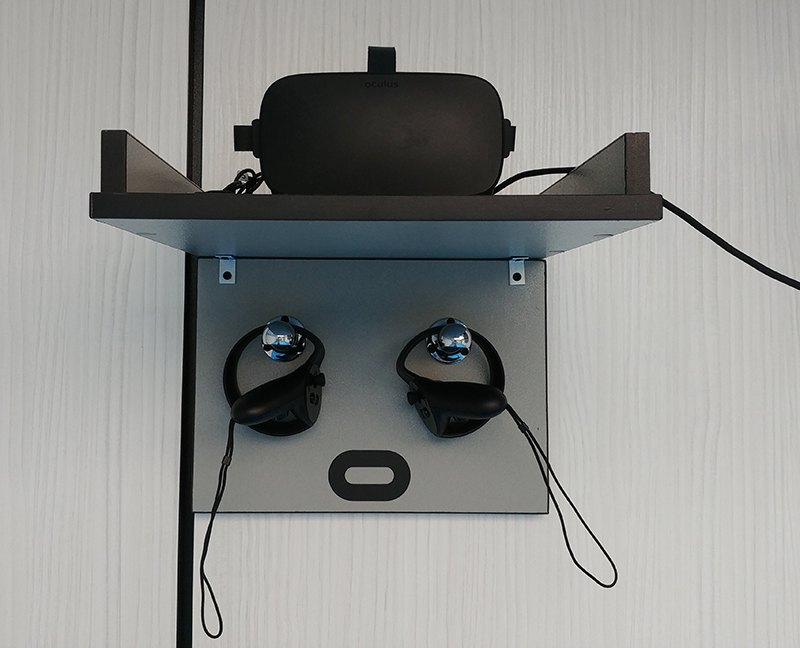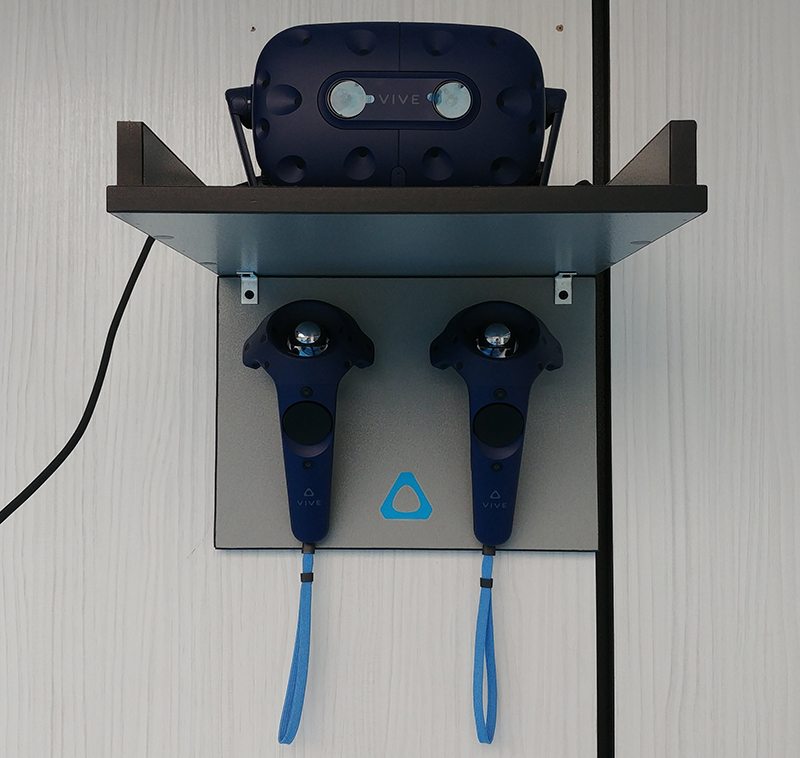Virtual Reality is made up of two words: Virtual and Reality, in other words, it creates a near-reality experience for you, and with this tool, any situation and any place can be experienced and reconstructed for you. Humans typically have a series of environmental senses through which they communicate with the outside world. Traditionally, these senses are divided into the five senses of sight, hearing, smell, taste, and touch, although today other senses, such as the vestibular sense and the senses of the deep nerves, have been identified to maintain balance. All of our perceptions of the environment are shaped by these sensory inputs.
What happens in VR is creating the right input for these senses to provide a virtual reality experience that is close to reality. Virtual reality systems use headsets and glasses that are placed on the eyes to direct the person's visual space to the intended environment, and by using the headphone, the appropriate sound is created that space for the user, thus there is no understanding from the environment generally and he is taken to the desired space. In the new systems, special joysticks are used for users to increase the effectiveness in virtual space so that they can experience the feeling of having a hand in the virtual environment in some way.
The National Brain Mapping Lab, with one of the most up-to-date VR setups in its virtual reality lab, enables all experiments in this area. Currently, the lab is equipped with two virtual reality devices, Oculus Rift and HTC Vive Pro, which allow you to run a very wide range of VR programs. Also in this laboratory, it is possible to simultaneously record EEG/EMG/fNIRS-VR as well as fMRI tests before and after VR. Virtual Reality is made up of two words: Virtual and Reality, in other words, it creates a near-reality experience for you, and with this tool, any situation and any place can be experienced and reconstructed for you. Humans typically have a series of environmental senses through which they communicate with the outside world. Traditionally, these senses are divided into the five senses of sight, hearing, smell, taste, and touch, although today other senses, such as the vestibular sense and the senses of the deep nerves, have been identified to maintain balance. All of our perceptions of the environment are shaped by these sensory inputs.
What happens in VR is creating the right input for these senses to provide a virtual reality experience that is close to reality. Virtual reality systems use headsets and glasses that are placed on the eyes to direct the person's visual space to the intended environment, and by using the headphone, the appropriate sound is created that space for the user, thus there is no understanding from the environment generally and he is taken to the desired space. In the new systems, special joysticks are used for users to increase the effectiveness in virtual space so that they can experience the feeling of having a hand in the virtual environment in some way.
The National Brain Mapping Lab, with one of the most up-to-date VR setups in its virtual reality lab, enables all experiments in this area. Currently, the lab is equipped with two virtual reality devices, Oculus Rift and HTC Vive Pro, which allow you to run a very wide range of VR programs. Also, in this laboratory, it is possible to simultaneously record EEG/EMG/fNIRS-VR as well as fMRI tests before and after VR.

Figure 1: The VR lab located in National Brain Mapping Lab


Figure 2: Oculus Rift (left) and HTC Vive (right) VR headsets
List of Services:
- Consulting and designing virtual reality tasks
- Multimodal recording
- EEG-VR
- EMG-VR
- fNIRS-VR
- Virtual equipment available for use
- VR headsets
- Oculus Rift
- HTC Vive Pro
- dedicated VR room with 36 m2 area and safety pads
- VR headsets
For more information, please enquire at the reception:
National Brain Mapping Lab
North Karegar Ave., After Jalal Highway, College of Engineering, Tehran, Iran
Tel : (+98) 2188225396-9
Fax : (+98) 21-86093160
Email : info@nbml.ir
